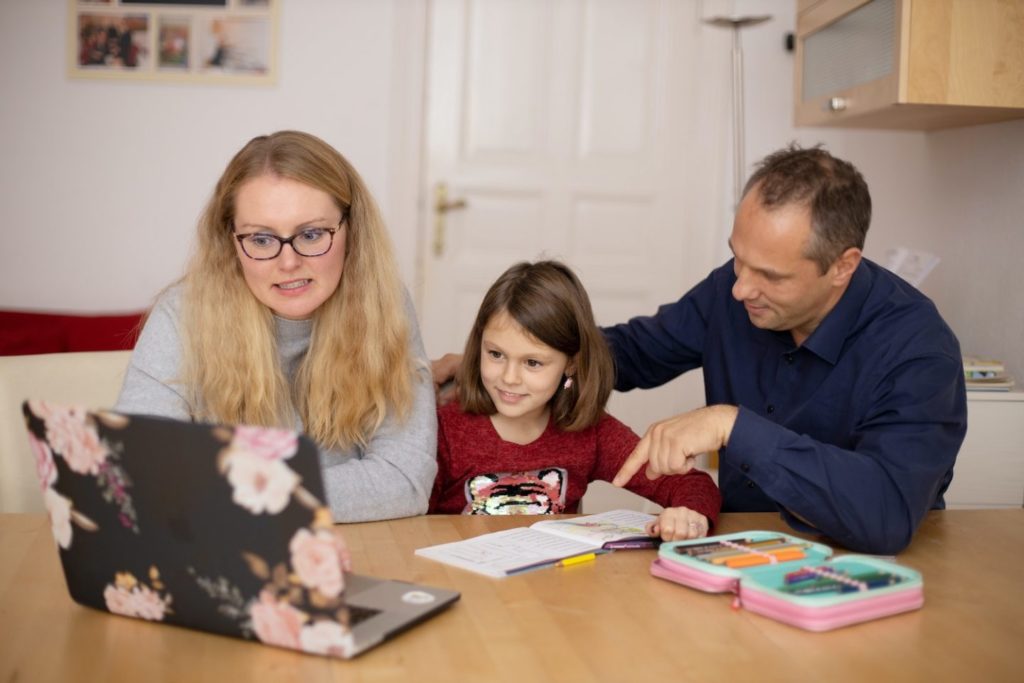Here’s why parents say they’re homeschooling their children – and what the government can do to help
As the nation continues to see increased interest in homeschooling, many experts say removing institutional barriers and obstacles have helped fuel that growth.
“The movement to reduce regulatory…

As the nation continues to see increased interest in homeschooling, many experts say removing institutional barriers and obstacles have helped fuel that growth.
“The movement to reduce regulatory barriers has definitely opened up homeschooling to growth for people from all socio-economic walks of life,” said Brian Ray, co-founder of the National Home Education Research Institute, in a report by Real Clear Investigations. “I don’t think there’s any doubt about that.”
Even as homeschooling has grown, however, teachers’ unions such as the National Education Association (NEA) have opposed the movement.
“Home schooling programs based on parental choice cannot provide the student with a comprehensive education experience,” the association declared in recent resolutions. It also urged for licensing, certifications and other requirements before parents can homeschool their children.
Parental rights vs. more regulations
Recent estimates have pegged the current U.S. homeschool population at more than 3 million for the 2021-2022 school year.
Parents across a wide range of demographics – including those of Black, Hispanic and Native American heritage – cited problems with public schools as part of their reasons for choosing to homeschool.
“All expressed disappointment with the public system and a desire to ground their children more firmly in their family’s identity and values,” the Hechinger Report concluded in a recent article.
At the same time, public schools are calling for more regulations and oversight into homeschooling.
“When home schooling occurs, students enrolled must meet all state curricular requirements, including the taking and passing of assessments to ensure adequate academic progress,” the NEA wrote. “Instruction should be by persons who are licensed by the appropriate state education licensure agency, and a curriculum approved by the state department of education should be used.”
Such stringent requirements don’t exist for homeschool families in many parts of the country, since homeschool laws vary by state.
Furthermore, longtime organizations such as the Home School Legal Defense Association (HSLDA) have spearheaded a movement to reduce regulation. Since HSLDA’s founding in 1983, it often works in partnership with homeschool support groups at the local and state level.
“HSLDA has been enormously influential,” said Robert Kunzman, an Indiana University professor who wrote a book on Christian homeschooling. “They have been able to mobilize a lot of legal resources and grassroots organizations to push back on regulations.”
For example, homeschool families in South Dakota recently helped advocate for a new law that reduces homeschooling restrictions. Students are no longer required to take standardized tests, or parents to provide annual notice of their intent to homeschool.
“It was a big win for parental rights,” said Dan Beasley, a former staff attorney at HSLDA. “It cut out unnecessary regulation and streamlined the process so parents can invest their time in providing the best education they can for their children.”
‘Unrealistic and unworkable’
Opponents to HSLDA’s work often cite cases of child abuse or neglect in families ostensibly said to be homeschooling, claiming that more regulations could have stopped those cases if the children were in public school.
However, citing these anecdotal cases should not implicate homeschooling as a risk factor for child abuse, argues HSLDA attorney Peter Kamakawiwoole. He points out that many of these families were already under investigation by child welfare departments before they started homeschooling.
“The reality is that child welfare departments are notoriously overworked and underfunded,” Kamakawiwoole writes in a recent article. “They are tasked with investigating a broad range of maltreatment types, from benign to highly urgent, using vague protocols that sometimes treat parents as welfare recipients and other times as criminals under investigation.
“Relying on one bureaucracy (child welfare) to work with another (public education) to supervise and keep all children safe is an unrealistic and unworkable solution.”
In addition, Kamakawiwoole cited a case in Connecticut where a school social worker reported two parents for “educational neglect” simply because they were “thinking about withdrawing their child to homeschool.”
“Unfortunately, what the school social worker did in that case is not all that far removed from the course of action advocated by the [Connecticut Office of the Child Advocate] – treating the simple act of considering or beginning to homeschool like an act of abuse or neglect,” he writes.
Pioneers of homeschooling in the Kansas City area also experienced hostility from government officials in the 1980s. One family, the Sawyers, was charged with truancy even though the parents had formally withdrawn their children to open a non-accredited private school in their home.
The case went to the state Supreme Court, which ruled against the family and concluded that homeschooling was “a thinly veiled subterfuge attacking compulsory school attendance.”
Today, however, homeschooling is common in the Kansas City area – so common that women who were homeschooled in their childhood now continue that legacy with their children.
“I know how much work it is for a homeschool mom,” said Sarah Michalak, a homeschool mom and art teacher. “This isn’t something that you need to go into lightly. You really need to think about it.”
Ultimately, though, Sarah said she decided that homeschooling’s benefits outweighed any challenges.
“One thing to think about is, anything worth doing of lasting value takes effort, and sometimes it takes a lot of effort. But I think it’s a lot more doable than people really think.”



